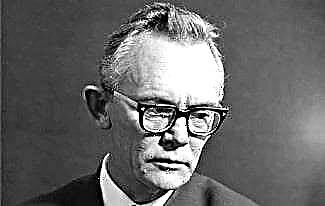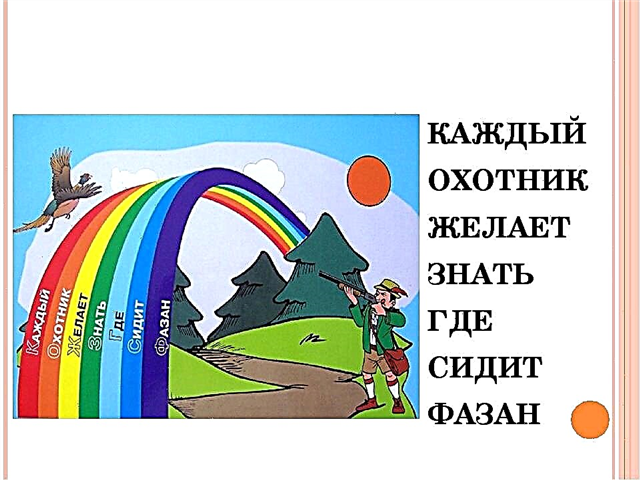Budapest, the capital of Hungary, often tops the lists of the most beautiful European cities. Most of the city's monuments and sights are protected by UNESCO, so it is quite easy to answer the question “what to see in Budapest”. For the first acquaintance, 1, 2 or 3 days are enough, but real magic happens only if the traveler has 4-5 free days.
Castle hill
The most famous medieval monuments are located on the Castle Hill, including the Buda Palace, Matthias Church, Johann Müller Monument, Sandor Palace, Hospital in the Rock, and others. The sights are surrounded by small gardens decorated with ancient sculptures, which are interesting to walk in silence. There are not often many people here. A stunning view of the city opens from the hill.
Hungarian parliament building
The neo-Gothic building of the Hungarian parliament looks very impressive, especially when viewed from the Danube. The parliament workers really work there, but you can still get there if you do it as part of an organized excursion group. The interior is no less interesting, so it is worth taking the time to visit such a large-scale and beautiful building.
Heroes Square
Heroes' Square is deservedly considered one of the most beautiful in Budapest. In the center stands the Millennium Memorial, a massive and detailed monument that is striking in size and composition. At the top of the column is the archangel Gabriel, in whose hands the apostolic cross and crown of King Stephen (Stephen). It is believed that this was the beginning of the blessed Hungarian state. There are many other equally impressive monuments. The square offers a beautiful view of the Mucharnok Palace of Arts and the Museum of Fine Arts.
Margaret Island
Margaret Island, a natural park complex loved by locals and tourists, should definitely be included in the list of “what to see in Budapest”. It is pleasant to walk here, ride bicycles, scooters and electric cars, which can be rented at affordable prices. There is a jogging track and sports fields. The main attractions are a musical fountain, a mini zoo and medieval ruins.
Danube embankment
The Danube embankment is small but picturesque. Firstly, from it you can clearly see the sights of Budapest - the Buda Fortress, the Fisherman's Bastion, the Statue of Liberty, Istvan Square, the sculpture "Little Princess". Secondly, the proximity of water always relaxes and sets you in a positive mood. The Danube embankment is very photogenic and often becomes a site for photo shoots. There are also many restaurants and cafes here.
Gellert Bath
Impossible to visit Budapest and ignore the baths! The Gellert Bath has been operating since 1918 and is an Art Nouveau architectural monument. During the Second World War, the building was badly damaged, the government had to invest a lot of money to return it to its former appearance and glory. Now they go to the Gellert baths to take baths with thermal water, relax in a jacuzzi or Finnish sauna, swim in pools. The list of services includes many spa treatments, including massages.
Szechenyi chain bridge
The Szechenyi chain bridge connects the western (Buda) and eastern (Pest) parts of the city. It was designed and built in 1849 as a symbol of national pride and state development. A walk along the bridge allows you to see the sights from both sides "from the water", and in the evening, when the lights turn on, the bridge beckons romantically minded people, couples in love, artists and photographers. The sight is really worth it.
House of Terror
Fascism and communism are terror from which Hungary has suffered for a long time. In the past, it was the headquarters of the Hungarian fascist party called Arrow Crossed, then it housed prisoners of the state security services. Museum guests are invited to learn the dark side of Hungarian history and see with their own eyes the prison in the basement. From time to time, temporary exhibitions are brought to the House of Terror, all information about them can be found on the official website.
Basilica of St. Stephen
The Basilica of St. Stephen (Stephen) is a religious monument of national importance, which was erected in honor of the first king, the founder of Hungary. It is not enough to look at the majestic basilica from the outside, you must definitely go inside, and if you manage to get to a concert of classical or organ music, then this is a great success. With a guide, you can climb to the base of the dome for a view of Budapest from above.
Fisherman's Bastion
When considering what to see in Budapest, you should pay attention to the Fisherman's Bastion in the neo-Gothic style. The bastion towers symbolize the Magyar tribes who lived in the past on the banks of the Danube and took the first steps towards the formation of Hungary. In the past, there was a fishing market, and now it is the best platform from which you can look at the Danube, Pest and Margaret Island. The recommended time to visit is sunset.
Museum "Invisible Exhibition"
The original Museum "Invisible Exhibition" deserves the attention of every traveler, as it allows you to experience the life of visually impaired and blind people. This is a museum in which absolute darkness reigns. There is a bar room, a supermarket room, a garden room, a street room, and so on. After the tour, all visitors are invited to a cafe to dine in the same darkness. It is noteworthy that blind people work in the museum.
Flea Market Ecseri
The Budapest flea market is one of the largest and oldest in Europe. They sell real treasures: antiques, vintage clothing and footwear, military relics, collectibles, paintings, figurines, and so on. Of course, you won't be able to find all the values just like that, for this you have to feel like a real seeker and rummage through mountains of all kinds of rubbish, the price of which is three kopecks.
Central market of Budapest
The Central Market is a place where life is always in full swing. The neo-Gothic building beckons travelers, and locals flock here to buy groceries and household goods. The ground floor sells fresh meat, fish, vegetables and fruits, as well as local specialties - goulash and langos. On the floors above, there are other groceries, fabric and lace departments, handicrafts, souvenirs, and more. Prices are quite democratic, polite bargaining is welcome.
Funicular
The funicular was opened in 1870 and has been operating without interruption since then. It is one of the oldest in the world! This is not only a tourist attraction, but also an efficient transport that allows you to comfortably climb to the top of the Castle Hill. The views on the trip are simply stunning and for everyone to enjoy them the car moves slowly, so the funicular is definitely worth adding to the Budapest must-see list.
Budapest City Park
Varoshliget Park is the best place for a relaxing walk or an outdoor picnic. Here you can leisurely walk along the paths, hide in the shade of trees, wet your feet in artificial reservoirs, ride bicycles and scooters. On the territory of the park, there are children's and sports grounds and even baths, as well as attractions such as the Budapest Municipal Zoo, the Budapest Circus, Vajdahunyad Castle, the Wheel of Time sandglass and the Botanical Garden.
Having made a plan of what to see in Budapest, do not forget to set aside time for leisurely, aimless walks and rest. Catch a creative mood and then your Budapest vacation is sure to be unforgettable.









